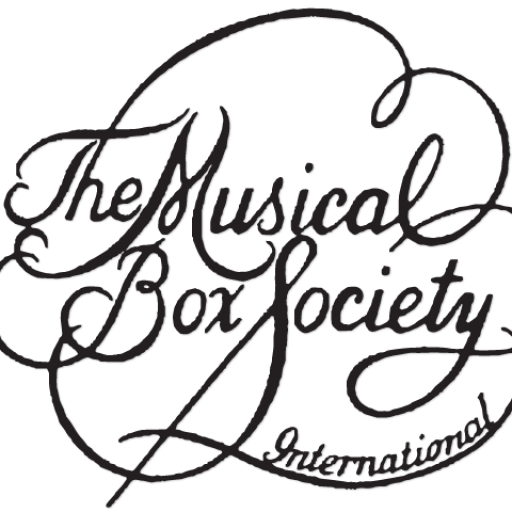Long narrow strip of cardboard, wood, or other material marked with the scale of a tracker bar or key frame. Used by roll and book arrangers as a guide for the correct placement of marks on a master roll.
scale
1. Musical range of an instrument. Description or number of notes from the lowest playing bass note to the highest playing treble note. (This may differ from the actual number of piano notes; for instance, a 65-note piano roll uses only 65 notes of an 88-note piano). 2. The number of playing notes plus the number of holes necessary to perform register changes and other functions. Thus an instrument may be described, for example, as having a 30-note* Synonym: key (also listed in this Glossary, definition 4). 3. Layout or diagram of the function of each hole in a tracker bar, key in a key frame, etc. 4. Dimensions of a pipe relative to its length. A smaller scale pipe has a smaller cross section for a given note than a larger scale pipe has. For example, the violin pipes in a Wurlitzer orchestrion are of smaller scale than the stopped flutes. Generally, smaller scale contributes to more prominent upper harmonics and consequently brighter tone.
Schausteller Orgel
German term meaning showman’s organ.
Schlagwerk
German term for the untuned percussion section of an automatic musical instrument, especially of an orchestrion or organ.
Schutz Marke
German term for patent mark.
